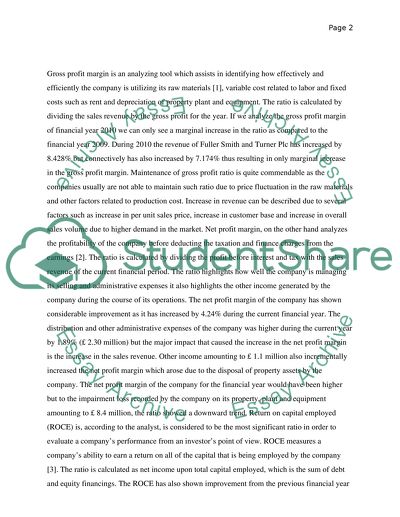Cite this document
(“Financial Performance Analysis of Fuller Smith and Turner Plc Group Essay”, n.d.)
Retrieved de https://studentshare.org/finance-accounting/1396812-managerial-finance-resit
Retrieved de https://studentshare.org/finance-accounting/1396812-managerial-finance-resit
(Financial Performance Analysis of Fuller Smith and Turner Plc Group Essay)
https://studentshare.org/finance-accounting/1396812-managerial-finance-resit.
https://studentshare.org/finance-accounting/1396812-managerial-finance-resit.
“Financial Performance Analysis of Fuller Smith and Turner Plc Group Essay”, n.d. https://studentshare.org/finance-accounting/1396812-managerial-finance-resit.


